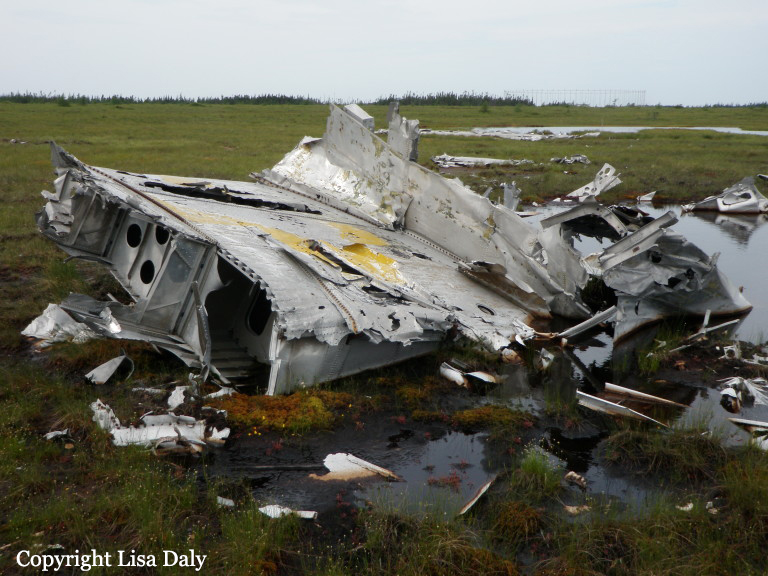Crash of a Cessna Crane I near Blaine Lake: 2 killed
Date & Time:
Aug 30, 1941 at 0930 LT
Registration:
7681
Survivors:
No
Schedule:
Saskatoon - Saskatoon
MSN:
1124
YOM:
1941
Crew on board:
2
Crew fatalities:
Pax on board:
0
Pax fatalities:
Other fatalities:
Total fatalities:
2
Captain / Total hours on type:
24.00
Circumstances:
The crew departed Saskatoon in the morning for a training exercise. The pilot apparently encountered weather conditions of low ceiling and very limited visibility due to clouds and fog over high ground. In attempting to continue his cross-country flight he struck the top of a hill. The aircraft exploded and burned when it struck the ground, some 25 km northwest of Blaine Lake. Both crew members were killed.
Crew:
LAC Ronald George Measor, pilot,
LAC William Stevens Morris, pilot.
Crew:
LAC Ronald George Measor, pilot,
LAC William Stevens Morris, pilot.
Probable cause:
The pilot was low flying because of weather conditions and struck a hill at high speed. Controlled flight into terrain.
Final Report:



